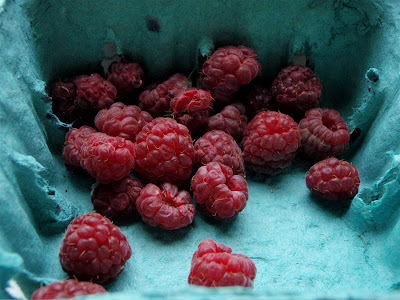I've been in love with oolong for soo long that I can barely remember the last straight up green tea I've had. When I recently saw the attractive, slender whole leaves of Rishi's Ancient Emerald Lily displayed in a plastic baggie at my local natural foods shop, I decided to give it a go.
The Rishi website promises notes of pine nut and wildflowers. These I did not taste. I found the first brewing a little, for lack of a better word, seaweedy. It's a slightly unpleasant flavor I sometimes find in greens, and a personal reaction that can probably be traced back to my earliest associations with the stuff.
I first had green tea as a kid at the Japanese restaurants in my home town of Boca Raton where it was served along with miso and sushi. Those umami, oceanic flavors were so different from anything mom made at home, and when I drink green tea with a particular flavor profile today I can still summon up the befuddlement of my young palate.
Subsequent steepings proved more mild and less fishy with the nuttiness and grassiness that I associate with some of my favorite greens. The flavor was fine if unexciting, but what I really like about this tea is its organic and fair trade certification.
Sometimes, fair trade means a compromise in quality. Fair trade coffee and bananas are just as good as regular (or "evil") coffee and bananas, but they'll probably never be the THE best coffee and bananas. Of course human rights are vastly more important than complexity of flavor, which is why a pretty good fair trade trea becomes a very good tea in my book (or blog).
As I've discovered thanks to my new bowl, food and drink alone are not the sole components to pleasureable eating. Think about eating a Jean-Georges meal out of a tin can: it's just not the same, unless you're a goat. So in addition to lighting, tableware and presentation, we should all add ethics to our meal enhancing bag of tricks. This is one of the many reasons Chez Panisse remains so popular. After eating there, diners radiate a glow for more than one reason. There's the quality of the food and then there's the righteous feeling of knowing where it all came from.
I'm willing to give a so-so tea a great rating because of factors that have nothing to do with its flavor, and I'm not alone. Heck, I'm even happy to spend a little more cash to get this mediocre tasting but more ethically just product.
Restaurants, are you getting this?











































